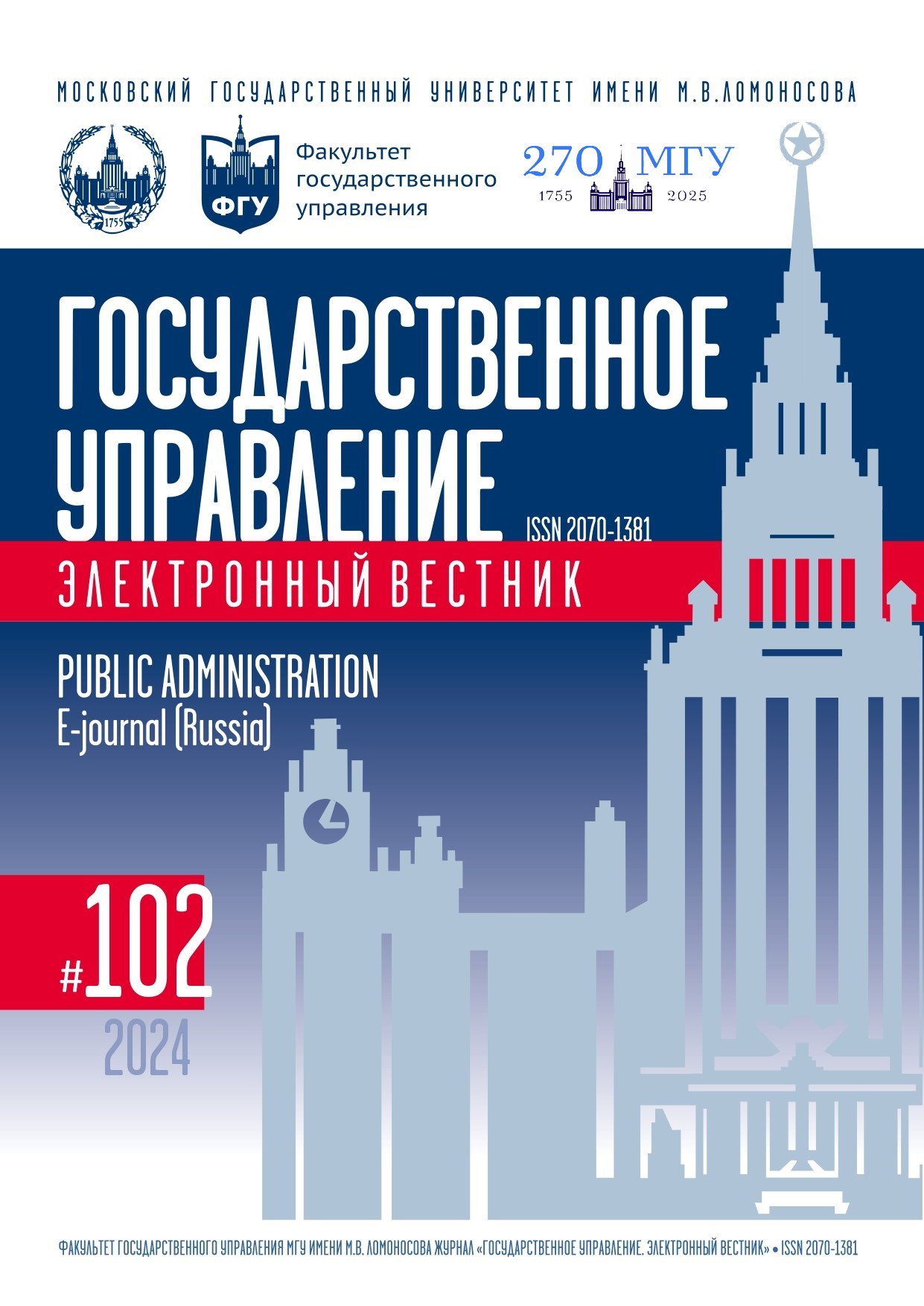Verification of Predictive and Explanatory Power of the Solow Economic Growth Model Based on Modern Statistical Data of Germany and France (in Memoriam of Robert Merton Solow (August, 23, 1924 – December, 21, 2023))
Keywords:
Solow model, Cobb-Douglas function, least squares method, gradient method, elasticity coefficient, Germany, France.Abstract
On December 21, 2023, an outstanding American economist, winner of the 1987 Alfred Nobel Prize in Economics, Robert Merton Solow died. Solow made an outstanding contribution to the development of modern economics; he was able to prove that it is not so much capital and labor that shape future output, but technological advances that determine high rates of economic growth. The Solow model is an exogenous model of economic growth, also known as Solow-Swan model, developed independently by Robert Solow and Trevor Swan in 1956. Classical variation of this model assumes that output of the economy depends on the spendings on labor and capital, as well as on the coefficient of the technological development level of said economy. The production capabilities are descripted by the well-known Cobb-Douglas function. As Robert Solow stated in the article (1956), theories rely on assumptions that only simplistically describe the actual reality, therefore these assumptions are not completely true, and therefore theories based on these assumptions are theories. The purpose of the theory is to intelligently simplify the actual reality to a model that takes into account factors that significantly affect the results of calculations, making the model insensitive to fluctuations of parameters not taken into account. The Solow model takes a limited number of factors affecting the output of the economy into account, avoiding many others, such as, for example, the development and accumulation of human capital. Therefore, testing the model on modern empirical data and long statistical series in order to determine its predictive (and explanatory) power, as well as significance of unaccounted factors, is of scientific interest and is the aim of this article. The article considers Solow’s mathematical model of economic growth, some of its basic prerequisites, establishes the correspondence of the economic parameters taken into account in the model and the indicators of economic statistics for testing on modern statistical series with a length of 25 years, determines the correspondence of the calculated annual output indicators to real ones, and also makes an assessment of the economic content of the calculated parameters of the model.
References
Алексеева К.В., Галиаскарова Г.Р. Построение производственной функции Кобба-Дугласа на основе статистических данных компании «Газпром» // Экономика и менеджмент инновационных технологий. 2017. № 1 URL: https://ekonomika.snauka.ru/2017/01/13578
Балацкий Е.В., Екимова Н.А. Новые подходы к моделированию экономического развития. М.: НИЦ ИНФРА-М, 2022.
Барро Р.Дж., Сала-и-Мартин Х. Экономический рост. М.: Издательство: Просвещение / Бином, 2017.
Клейнер Г.Б Производственные функции: теория, методы, применение. М.: Финансы и статистика, 1986.
Солоу P.М. Экономическая теория ресурсов или ресурсы экономической теории // Вехи экономической мысли. Т. 3. Рынки факторов производства / Под общ. ред. В.М. Гальперина. СПб: Экономическая школа, 2000.
Солоу P.М. Теория роста // Панорама экономической мысли конца XX столетия / Под ред. Д. Гринэуэя, М. Блини, И. Стюарта. Т. 1. СПб.: Экономическая школа, 2002.
Эггертссон Т. Несовершенные институты. Возможности и границы реформ. М., СПб.: Издательство Института Гайдара, 2022.
Acemoglu D. The Solow Growth Model. Introduction to Modern Economic Growth. Princeton: Princeton University Press, 2009.
Alesina A.F., Summers L.H. Central Bank Independence and Macroeconomic Performance: Some Comparative Evidence // Journal of Money, Credit and Banking. 1993. Vol. 25. P. 151–162.
Bernanke B.S., Mishkin F.S. Inflation Targeting: A New Framework for Monetary Policy // The Journal of Economic Perspectives.1997. Vol. 11. № 2. P. 97–116.
Cobb C.W., Douglas P.H. A Theory of Production // American Economic Review. 1928. № 18 (Supplement). P. 139–165.
Halsmayer V. From Exploratory Modeling to Technical Expertise: Solow's Growth Model as a Multipurpose Design // History of Political Economy. 2014. № 46. P. 229–251. DOI: 10.1215/00182702-2716181
Kadigi R.M.J., Robinson E., Nhau B., Szabo S., Kangile J., Mgeni C.P., De Maria M., Tsusaka T. Revisiting the Solow-Swan Model of Income Convergence in the Context of Coffee Producing and Re-Exporting Countries in the World // Sustainable Futures. 2022. Vol. 4. DOI: 10.1016/j.sftr.2022.100082
Mejia S.A. The Effects of Debt Dependence on Economic Growth in Less-Developed Countries, 1990–2019 // Social Science Research. 2023. Vol. 117. DOI: 10.1016/j.ssresearch.2023.102943
Solow R.M. A Contribution to the Theory of Economic Growth // The Quarterly Journal of Economics. 1956. Vol. 70. № 1. P. 65–94. DOI: 10.2307/1884513
Solow R.A. Theory is a sometime thing // Review of Keynesian Economics. 2018. Vol. 6. Is. 4. P. 421–424. DOI: 10.4337/roke.2018.04.02
Swan T.W. Economic Growth and Capital Accumulation // Economic Record. 1956. Vol. 32. Is. 2. P. 334–361. DOI: 10.1111/j.1475-4932.1956.tb00434.x

